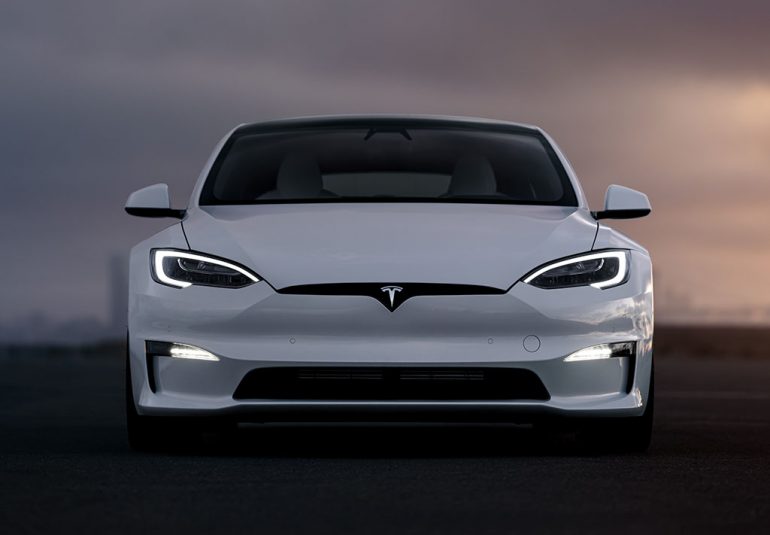
In a bid to expand its market reach and address demand challenges arising from high borrowing costs, Tesla has recently unveiled more affordable variants of its Model S sedan and Model X SUV in the United States. The move comes as part of the company’s strategy to boost sales, even at the expense of profit margins, a tactic that aligns with CEO Elon Musk’s emphasis on growth.
Tesla has been actively cutting prices for its vehicles not only in the US but also in China and other markets. This pricing adjustment, combined with other incentives, has been aimed at reducing inventory and stimulating demand—a strategy Musk has likened to Tesla’s approach during economic downturns.
Also, don’t forget that you can get discounted new car pricing with a free quote through qualified local dealer partners.
The newly introduced “standard range” models of the Model S and Model X come with price tags of $78,490 and $88,490 respectively. These prices represent a reduction of $10,000 compared to the previous lowest-priced models. Interested customers can expect delivery of these vehicles between September and October, according to information available on the company’s website.
However, there are considerations to be made regarding the potential trade-offs between price and performance. Danni Hewson, the head of financial analysis at AJ Bell, suggests that while affordability is a key factor, the perceived quality and features of the standard range models will play a pivotal role in customers’ reception. Existing Tesla drivers, who have grown accustomed to the premium offerings, might be hesitant if the quality of the standard range variants falls short.
The driving range of these new standard range models is also a notable feature. The Model S offers a range of up to 320 miles, which is lower than the extended range provided by the regular dual motor and tri-motor Plaid variants, offering up to 405 miles and 396 miles, respectively. Similarly, the Model X SUV’s range is up to 269 miles, considerably less than the more expensive versions that can go up to 348 miles on a single charge.
As of now, Tesla has not provided an official statement in response to inquiries about the new models. In the stock market, Tesla’s shares experienced a 0.8% decline in pre-market trading, following a remarkable year of growth where the shares had surged by nearly 95%.
Recent financial reports have indicated that Tesla’s operating income and revenue have been impacted by lower average selling prices and reduced sales of its higher-end models. Despite this, the company reported a 19% increase in the sales of its Model X and Model S vehicles, its earliest offerings in the market, during the second quarter compared to the previous year. This move towards more affordable options might be Tesla’s strategic response to ensure its continued dominance in the electric vehicle market while adapting to changing market dynamics.
Source: Reuters